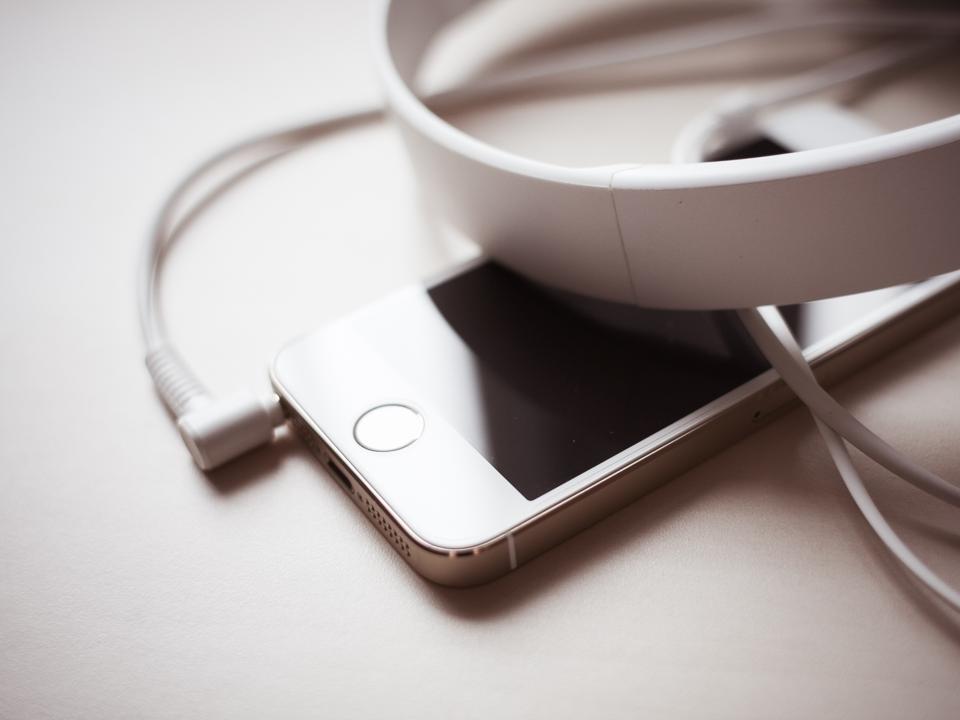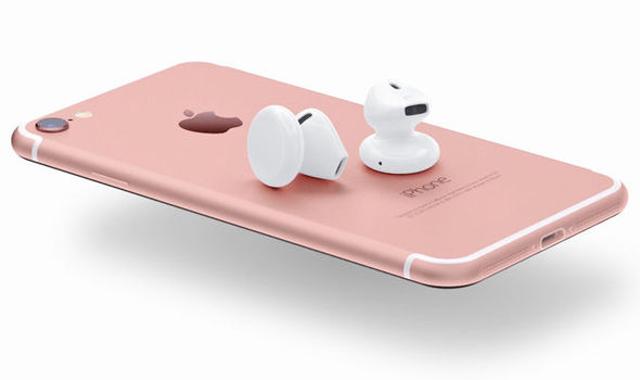Opinion: How Apple’s iPhone made phones popular in just 10 years
As things go, a new phone model is a barely perceptible blip on the yearly calendar these days. But a decade ago, the iPhone changed phones. When it was first launched, Steve Jobs immodestly sold the first phone with a touch screen 3.5-inch display as ‘a revolutionary and magical product that is literally five years ahead of any other mobile phone.’

Exactly 10 years ago, the first iPhone was launched, on 9 January 2007; before the infamous financial crisis of 2008 that changed the world. It was before the Harry Potter series had come to its disappointing end. In fact, Harry Potter and the Deathly Hallows released in July 2007, six months after the first iPhone was launched. George W Bush was still president of the United States and Manmohan Singh was still enjoying his first term as prime minister of India. It was two years before Whatsapp and almost four years before Instagram. It was even before the first Transformers film released.
As things go, a new phone model is a barely perceptible blip on the yearly calendar these days. But a decade ago, the iPhone changed phones. When it was first launched, Steve Jobs immodestly sold the first phone with a touch screen 3.5-inch display as 'a revolutionary and magical product that is literally five years ahead of any other mobile phone.'
Introducing the iPhone at that landmark event, Steve Jobs first implied he was releasing three devices. The first was 'a widescreen iPod with touch controls,' he announced to appreciative hoots and applause from the audience. The second was, 'a revolutionary mobile phone,' he said to thunderous applause from the audience that was hoping for a phone; and the third would be 'a breakthrough internet communications device.' Walking from on one end of the stage to the centre in his trademark blue jeans and black turtleneck, he repeated those three things, thrice, following it up with 'Are you getting it? These are not three separate devices. This is one device.' As it dawned on the audience what he was saying, the applause gets louder and louder. 'We are calling it, iPhone,' he says with a dramatic pause.
Read: Apple's iPhone completes 10 years! What it changed for the industry
It's a surreal thing to watch in 2017, where it is so easy to take for granted that the camera, the music player, the shopping basket, the car racing game, the photo-sharing application, and the crossword all exist in the palm of your hand on one single device. But in 2007, this was the Next Step in smartphone technology. In the past 10 years, the smartphone has become our primary music, internet, photo and communications device. And most other smartphone manufactures have spent the past 10 years playing catch up with Apple.
Read: As Apple's iPhone turns 10 today, Cook says just getting started


On June 29 the same year, when the phone first became commercially available amid massive media hype, it was the first time that customers lined up outside stores to own one of these devices - a ritual that is now repeated every time Apple launches a new product. Even though phones that connected to the internet and had cameras existed in 2007, what the iPhone did was make these things easier and more aesthetically intuitive. And that was its true revolution. By bringing 'apps' to a phone, allowing the 'communications' device to become anything from a compass to tell due north to a Nanny Cam to keep an eye on your child; Steve Jobs and Apple effectively reconfigured our everyday life to become dependent on our phones in unforeseen ways.
Read: In pics: iPhone to iPhone 7 Plus as Apple's smartphone turns 10
The first thing most of us do when we wake up in the morning is check our phones, as though to check if the world is still as it was when we fell asleep. I transfer money through smartphone apps and share photographs on Whatsapp; I keep in touch with friends on the Facebook app and order groceries through another app; I set reminders and take notes on my phone; I read the news on it and respond to emails. Effectively, between my phone and laptop, I spend more time online and 'connected' than I do offline in the so-called real world.
Read: Apple might launch three new iPads in March this year
Whether or not you use an iPhone, the thing you're probably reading this article on owes its current existence to that product launched a decade ago. Ten years after Steve Jobs introduced us to his 'magical product', we now live in a world of internet-de-addiction centres and Pokemon Go; and that first iPhone is an important milestone past which we have raced forward to wearables and the internet of things. What comes next? Wait. Maybe there's an app for that.
(Vidya Subramanian is at the Centre for Studies in Science Policy, JNU)
Catch all the Latest Tech News, Mobile News, Laptop News, Gaming news, Wearables News , How To News, also keep up with us on Whatsapp channel,Twitter, Facebook, Google News, and Instagram. For our latest videos, subscribe to our YouTube channel.






























